Trevor Noah applauds what Trump promised to do on the opioid crisis, explains what he actually did

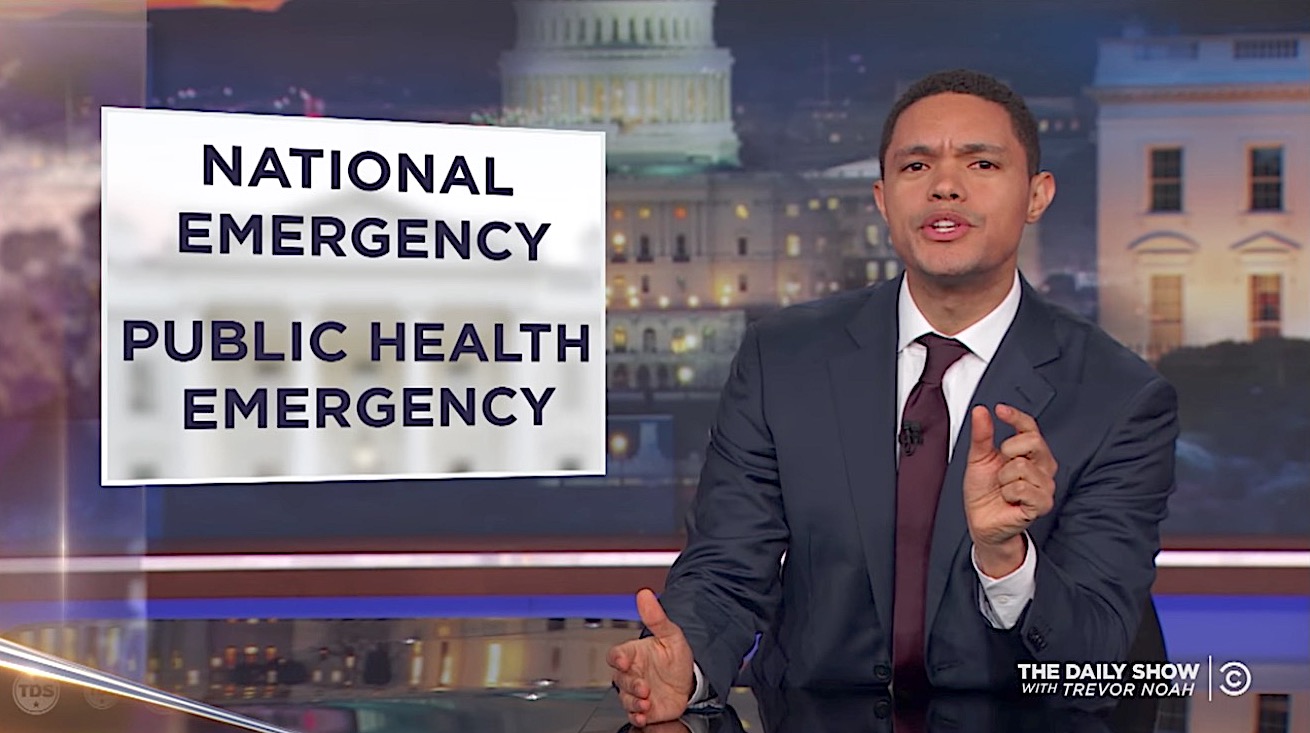
America has a serious opioid problem, and it began with doctors freely prescribing pain medicine that drugmakers swore wasn't addictive but actually was, Trevor Noah said on Thursday's Daily Show. He noted the case of tiny Kermit, West Virginia, where drug distributors shipped a huge amount of oxycodone. "Nine million pills for 400 people?" he marveled. "Even if one of those people is Charlie Sheen, that still leaves 8 million pills unaccounted for." In response, the pharmaceutical industry bought the right to write a law shutting down a DEA enforcement mechanism to stop such suspect shipments.
"So the opioid crisis is huge and the pharmaceutical industry isn't really interested in helping," Noah said. "But fortunately my friends, as we saw in August, there's one man who gets it." President Trump promised 10 weeks ago he'd declare the opioid crisis a national emergency, which could have been a big step, and on Thursday, "Trump finally came through — give him a round of applause, don't be haters," Noah told his audience. "He declared the opioid crisis a national public health emergency — which I just realized is not a thing."
It may seems like an insignificant word change, but there's a major difference between a national emergency and a public heath emergency, Noah explained — the former, which Trump promised to sign, has access to $23 billion, while the latter gives opioid crisis fighters access to a fund with $57,000. "That's a huge difference," he said. "Put it this way: If you had to go to rehab, who would you want funding it, the CEO of Verizon, or Craig who works at Verizon?" He sighed. "This isn't even one of those days where I'm angry at Trump, I'm just disappointed," Noah said, offering a darkly hilarious comparison between what he promised and what he delivered. Watch below. Peter Weber
The Week
Escape your echo chamber. Get the facts behind the news, plus analysis from multiple perspectives.

Sign up for The Week's Free Newsletters
From our morning news briefing to a weekly Good News Newsletter, get the best of The Week delivered directly to your inbox.
From our morning news briefing to a weekly Good News Newsletter, get the best of The Week delivered directly to your inbox.

A free daily email with the biggest news stories of the day – and the best features from TheWeek.com
Peter has worked as a news and culture writer and editor at The Week since the site's launch in 2008. He covers politics, world affairs, religion and cultural currents. His journalism career began as a copy editor at a financial newswire and has included editorial positions at The New York Times Magazine, Facts on File, and Oregon State University.
-
 The Night Manager series two: ‘irresistible’ follow-up is ‘smart, compelling’ TV
The Night Manager series two: ‘irresistible’ follow-up is ‘smart, compelling’ TVThe Week Recommends Second instalment of the spy thriller keeps its ‘pace’, ‘intrigue’ and ‘sly sexiness’
-
 11 hotels opening in 2026 to help you reconnect with nature
11 hotels opening in 2026 to help you reconnect with natureThe Week Recommends Find peace on the beaches of Mexico and on a remote Estonian island
-
 Zimbabwe’s driving crisis
Zimbabwe’s driving crisisUnder the Radar Southern African nation is experiencing a ‘public health disaster’ with one of the highest road fatality rates in the world
-
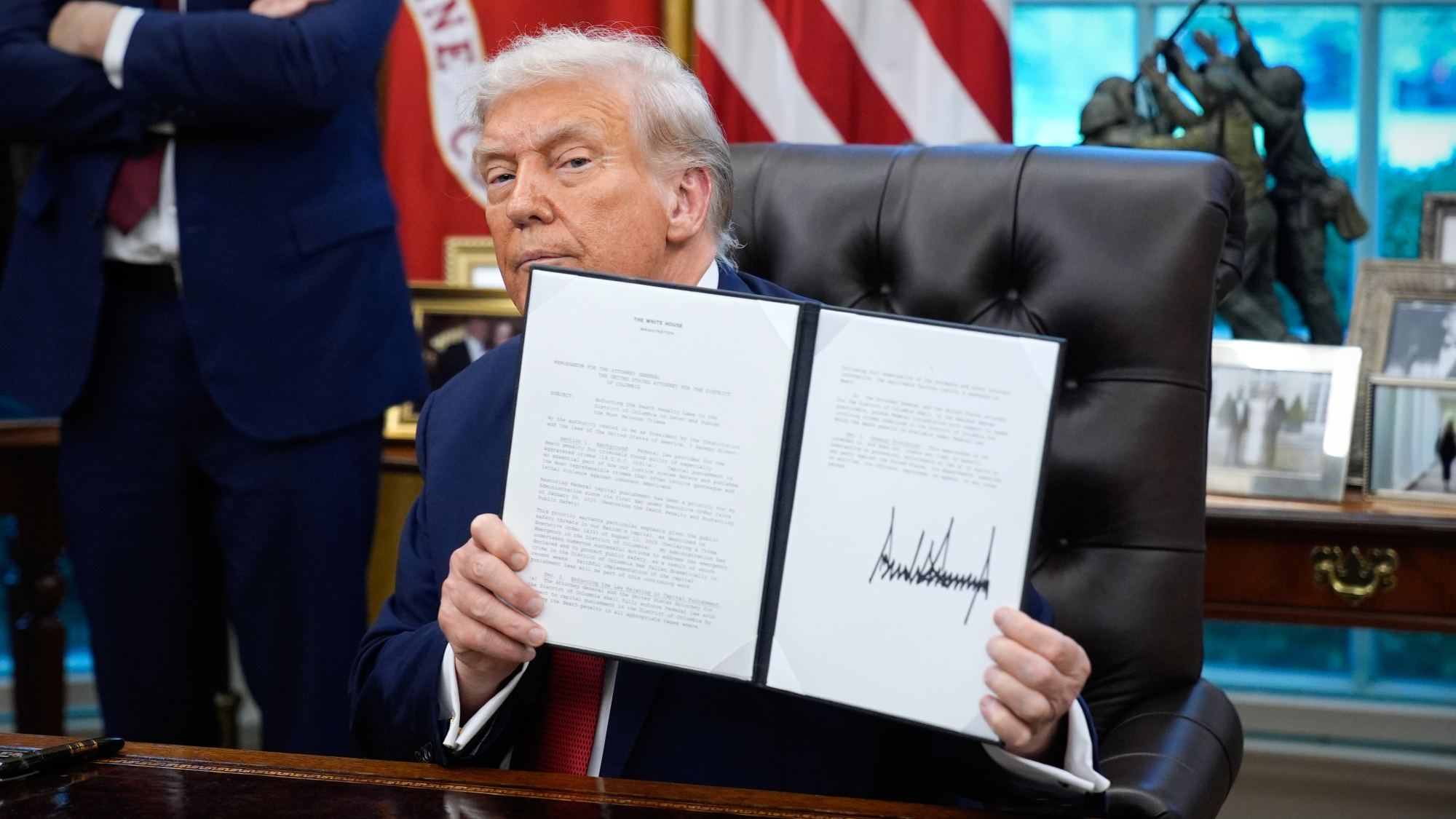 TikTok secures deal to remain in US
TikTok secures deal to remain in USSpeed Read ByteDance will form a US version of the popular video-sharing platform
-
 Unemployment rate ticks up amid fall job losses
Unemployment rate ticks up amid fall job lossesSpeed Read Data released by the Commerce Department indicates ‘one of the weakest American labor markets in years’
-
 US mints final penny after 232-year run
US mints final penny after 232-year runSpeed Read Production of the one-cent coin has ended
-
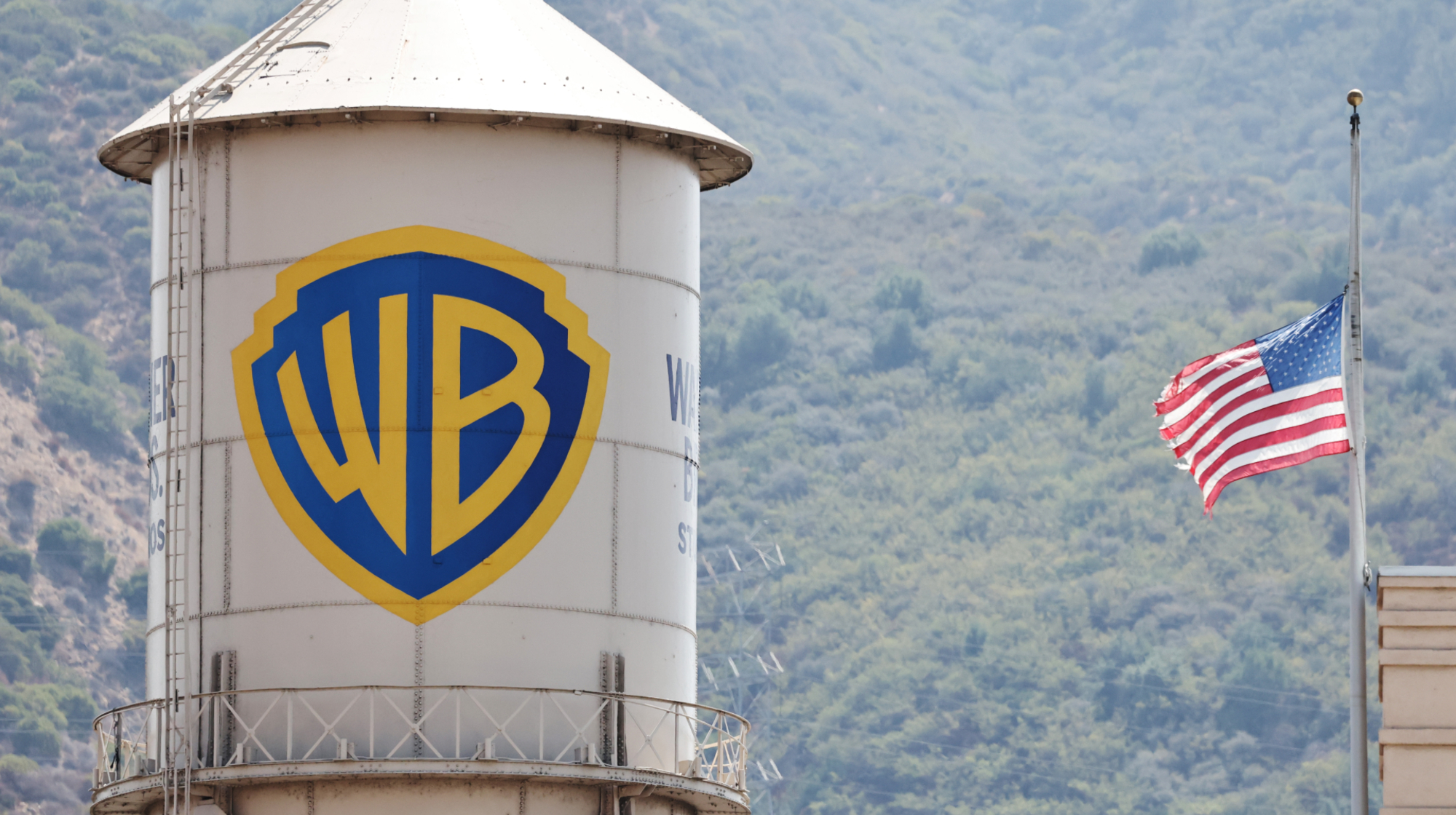 Warner Bros. explores sale amid Paramount bids
Warner Bros. explores sale amid Paramount bidsSpeed Read The media giant, home to HBO and DC Studios, has received interest from multiple buying parties
-
 Gold tops $4K per ounce, signaling financial unease
Gold tops $4K per ounce, signaling financial uneaseSpeed Read Investors are worried about President Donald Trump’s trade war
-
 Electronic Arts to go private in record $55B deal
Electronic Arts to go private in record $55B dealspeed read The video game giant is behind ‘The Sims’ and ‘Madden NFL’
-
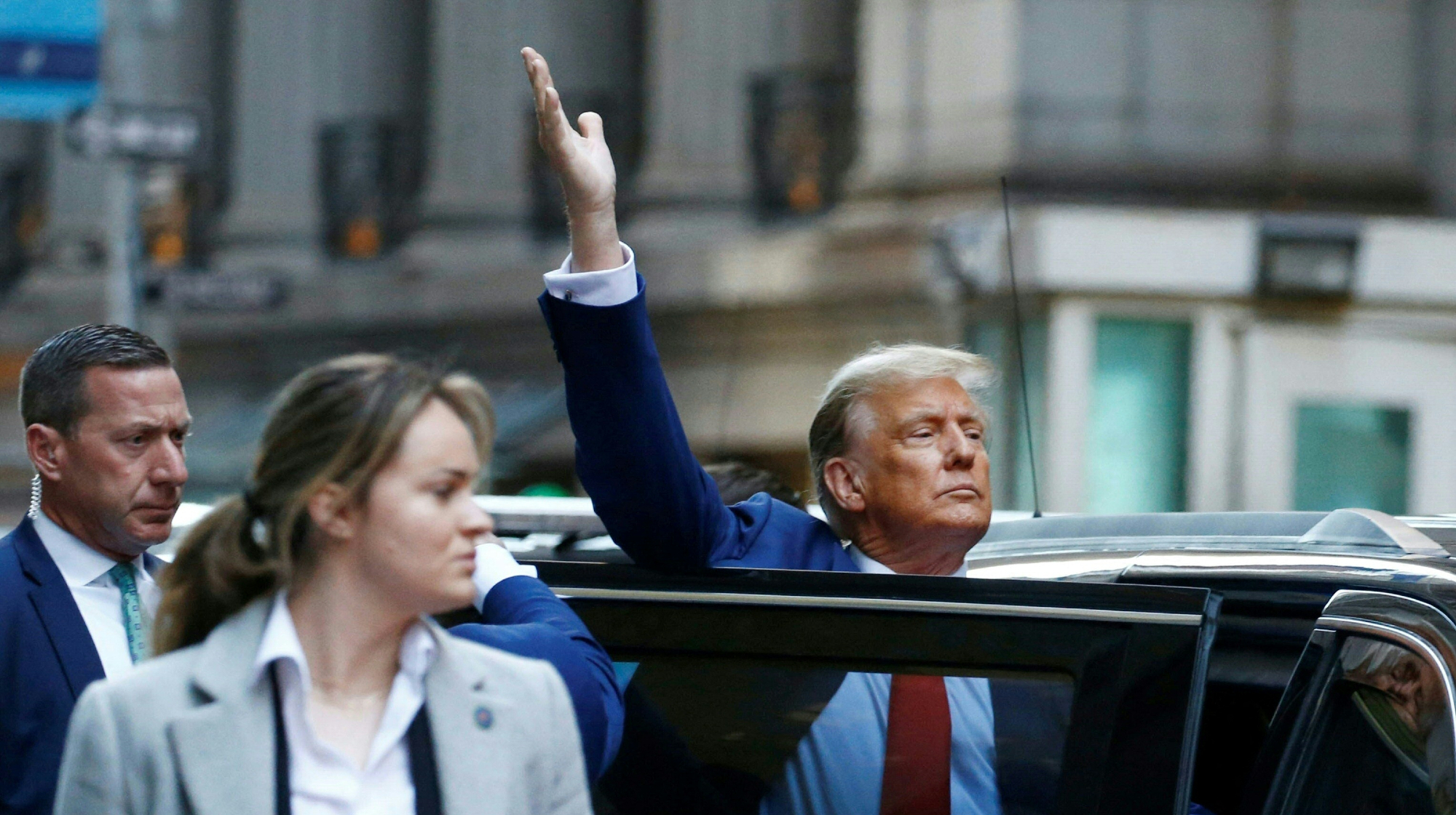 New York court tosses Trump's $500M fraud fine
New York court tosses Trump's $500M fraud fineSpeed Read A divided appeals court threw out a hefty penalty against President Trump for fraudulently inflating his wealth
-
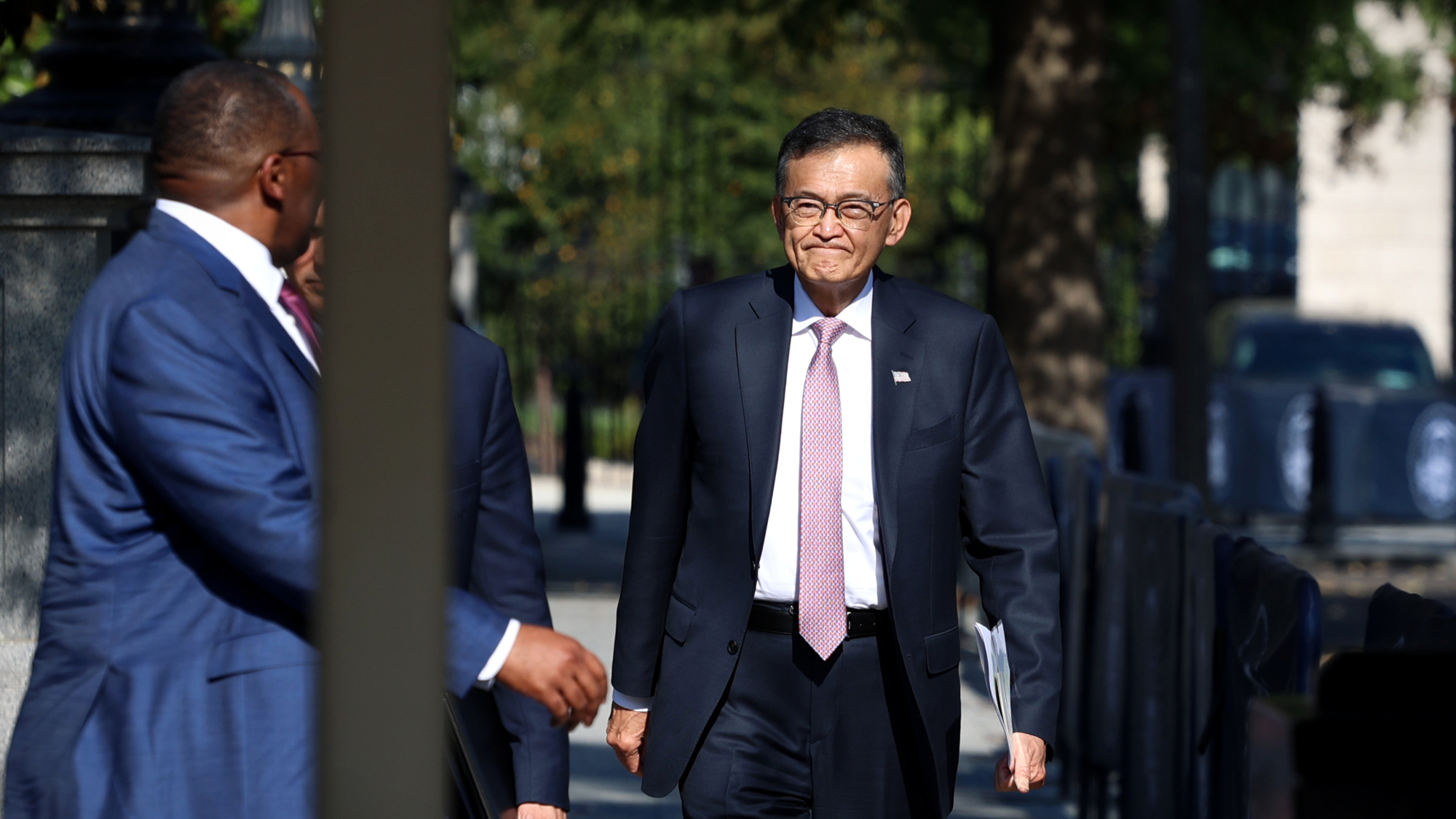 Trump said to seek government stake in Intel
Trump said to seek government stake in IntelSpeed Read The president and Intel CEO Lip-Bu Tan reportedly discussed the proposal at a recent meeting
